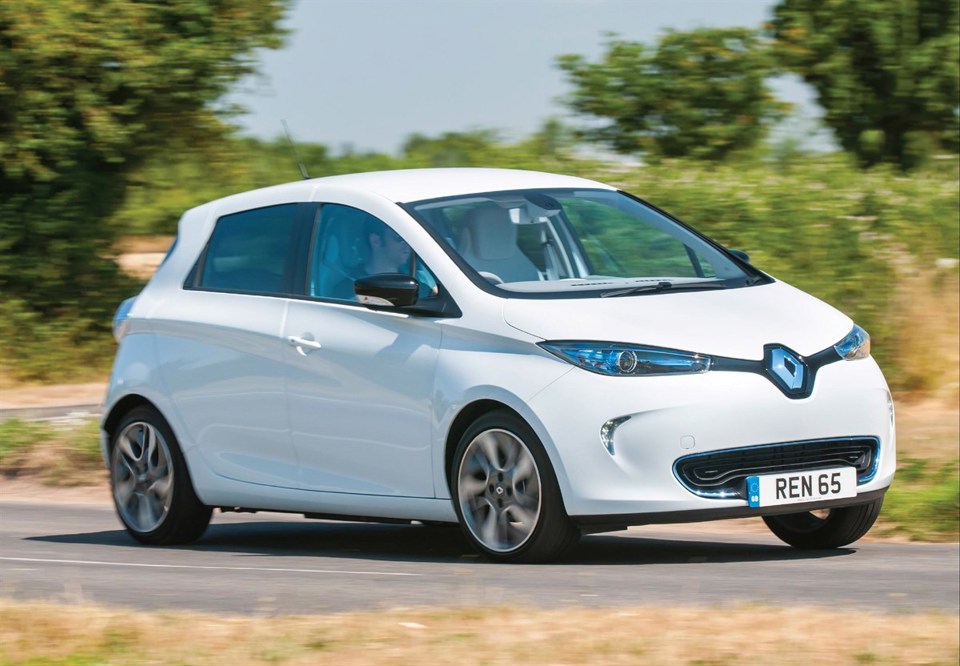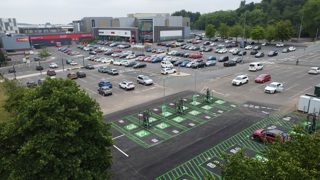Spark EV has launched a new artificial intelligence-based journey planner aimed at fleets switching to electric vehicles.
The company says the technology can help fleets complete more journeys between charges, removes range anxiety and enables greater fleet utilisation, with up to 20% more journeys completed between charges.
The AI system works through a combination of sensor technology installed on each car, an online machine learning software programme and a smartphone app.
Spark EV analyses the driver, vehicle and other data sources, such as the weather and congestion, and then uses the AI software to increase the accuracy of journey predictions for electric vehicles. The system automatically updates predictions after each journey.
Drivers and fleet managers have to enter their journey through the app, Spark EV’s web interface, or their existing fleet management software, and it advises whether they will be able to complete it, based on live data, previous trips and chargepoint locations.
Spark EV said the technology can help to reassure fleet managers and drivers that they will be able to schedule and complete jobs without running out of charge, removing range anxiety while increasing the amount of potential vehicle journeys by an additional 2.8 per day.
Justin Ott, Spark EV Technology chief executive, said: “Fleet managers understand that the future increasingly revolves around electric vehicles, due to new legislation coming into force around the world, a move away from diesel and rapid growth in EV sales.
“However, existing methods of predicting range between charges are not accurate enough for fleet use, leading to range anxiety and a consequent drop in productivity as managers cut back the number of journeys to avoid potentially running out of power.”
Spark EV is delivered through a monthly subscription model and can be integrated with a fleet’s existing fleet management software through an open API, if the fleet management supplier is open to integrating third-party systems. It can also be used as a standalone system for smaller fleets.

















Login to comment
Comments
No comments have been made yet.